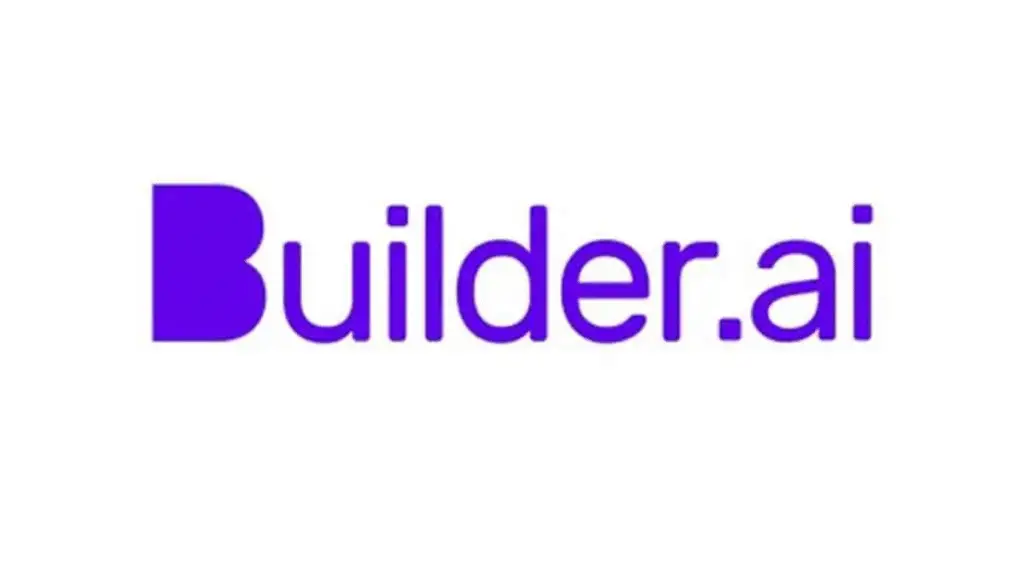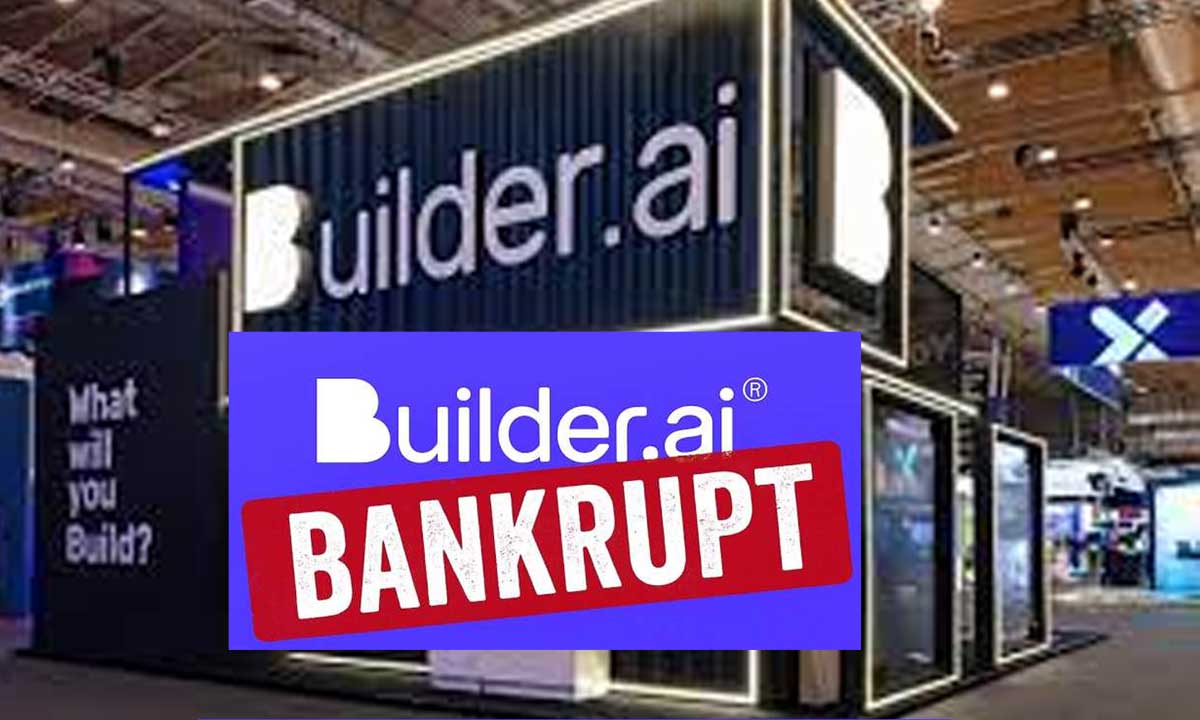The Rise and Fall of Builder.ai: Microsoft-Backed AI Startup Accused of Misleading the World
In the ever-evolving tech world where AI is often hailed as the next frontier, few startups garnered as much attention—or fell from grace as dramatically—as Builder.ai. Once celebrated as the revolutionary force that would make software development as easy as ordering a pizza, Builder.ai is now mired in controversy, accused of dressing up traditional coding in artificial intelligence’s clothing. The collapse of this Microsoft-backed, $1.3 billion unicorn has sparked global debate on the overhyping of AI in startup ecosystems.
A Startup Built on a Bold Promise
Founded by Sachin Dev Duggal, Builder.ai burst onto the scene with an irresistible pitch: democratizing software development. With a few clicks, the company promised, you could create a fully functioning custom app—powered almost entirely by artificial intelligence. The vision was simple yet powerful: no more months of coding, bloated budgets, or technical bottlenecks. AI would do the heavy lifting, drastically reducing time, cost, and complexity.
It sounded like a dream, especially for small businesses and startups unable to afford traditional software developers. This disruptive promise earned Builder.ai accolades, funding, and major strategic partners. Microsoft joined forces with the startup, giving it credibility and access to Azure’s cloud services. Awards poured in, including the title of “Hottest AI Startup” at The Europas.
A Dream Funded in Billions

By 2023, Builder.ai had raised over $450 million across multiple funding rounds. The Series D round alone pulled in $250 million, led by the Qatar Investment Authority, with participation from existing investors like Insight Partners and Jungle Ventures. This influx of capital was meant to turbocharge Builder.ai’s growth globally. During the pandemic, the company launched its “Studio Store,” offering pre-built apps to help small businesses quickly shift online. Thousands of clients, many trying to survive COVID-era disruptions, turned to Builder.ai for affordable and fast software solutions.
The startup’s valuation soared past $1.3 billion, securing its status as one of the most promising companies in the burgeoning AI-as-a-Service space.
Behind the Curtain: Allegations of Smoke and Mirrors
Despite the impressive optics, whispers started surfacing in 2024 that Builder.ai’s AI might not be all that intelligent. A growing number of insiders and clients began to question the technology powering the platform. Reports alleged that instead of sophisticated AI generating code in real-time, Builder.ai relied heavily on a vast network of human developers, particularly from India, to manually build apps behind the scenes.
Clients who were promised instant, automated software solutions were, according to these claims, unknowingly receiving code written the old-fashioned way—by humans.
This revelation struck at the heart of Builder.ai’s brand. Its competitive edge wasn’t just about speed and affordability; it was its revolutionary use of AI. If those claims were false or exaggerated, the company wasn’t a groundbreaking AI startup. It was a traditional software development firm with exceptionally clever marketing.
A Financial House of Cards
The dominoes started to fall in early 2025. One of Builder.ai’s major lenders, Viola Credit, withdrew $37 million from the company’s accounts after raising concerns over the firm’s financial health and internal operations. This sudden cash drain left Builder.ai with a mere $5 million in liquidity. CEO Manpreet Ratia—appointed just two months prior—had no choice but to file for insolvency.
As quickly as Builder.ai had risen, it came crashing down.
High-profile investors, including Microsoft, reportedly distanced themselves from the company. The credibility they had once lent to Builder.ai was now a liability. Tech forums, social media, and business publications were soon flooded with analyses, takedowns, and angry customer testimonials. Clients—many of them startups that had invested heavily in Builder.ai’s platform—scrambled to salvage their software projects, facing potential losses of time, money, and customer trust.
Real Customers, Real Damage
Perhaps the most heart-wrenching fallout of Builder.ai’s implosion was the impact on small businesses. These were firms that lacked the resources to hire large development teams and had turned to Builder.ai believing they were buying into next-generation software technology.
Instead, they now found themselves with incomplete projects, broken timelines, and systems potentially locked to a defunct platform. The cost of porting those apps to other environments or hiring new developers mid-stream added further financial and operational strain.
For these clients, Builder.ai’s promise of accessibility and innovation turned into a technological nightmare.
A Wake-Up Call for the AI Industry
The Builder.ai saga is not just the downfall of a single startup—it’s a symptom of a larger issue plaguing the tech industry. The hype around artificial intelligence has reached a fever pitch, creating fertile ground for startups to exaggerate, oversell, or outright fabricate their AI capabilities.
Investors are desperate to back the next OpenAI or Anthropic. Startups, aware of this gold rush, often blur the lines between aspirational and actual. In some cases, what’s presented as proprietary AI is a patchwork of human labor, pre-written templates, and basic automation wrapped in a sleek UI.
This phenomenon, sometimes referred to as “AI washing,” parallels the greenwashing scandals of the sustainability sector. It raises urgent questions: How should AI claims be vetted? Should there be a regulatory body certifying AI technology? And how can consumers distinguish genuine innovation from marketing fluff?
Lessons in Due Diligence
Builder.ai’s collapse is a stark lesson for investors and customers alike. Due diligence cannot stop at press releases and demo videos. Investors must dig deep into the technical architecture of startups, challenge AI claims, and scrutinize development workflows. Customers, too, should be wary of silver-bullet solutions in complex domains like software development.
The startup’s downfall also shines a light on corporate responsibility. Tech giants like Microsoft, with their vast resources and influence, must take greater care when aligning with startups. A brand endorsement from a company like Microsoft carries weight—and risk.
Where Does Builder.ai Go From Here?
With the company filing for insolvency and facing both reputational and financial ruin, the road ahead for Builder.ai is uncertain. Legal investigations are reportedly underway. Some employees have alleged they were kept in the dark about the company’s financial status until the very end. Clients are now exploring class-action lawsuits to recoup their investments.
Sachin Dev Duggal, the founder, has remained largely silent since the allegations went public. His future in the tech world—once that of a rising star—now hangs in the balance.
What This Means for the Future of AI Startups
The Builder.ai controversy may act as a turning point in how the AI startup ecosystem operates. Transparency, technical verification, and honest marketing must become cornerstones for companies operating in this space.
Despite the collapse of one high-profile player, the AI revolution is not slowing down. Genuine innovation is happening at a rapid pace—especially in areas like natural language processing, image recognition, autonomous systems, and generative models. But for the field to grow responsibly, it must also hold itself accountable.
Conclusion: Beyond the AI Façade
Builder.ai’s rise and fall is a story about what happens when ambition outpaces authenticity. It’s a cautionary tale of how hype can inflate a company’s value beyond its true capabilities—and how quickly it can all unravel.
As the dust settles, the tech world is left grappling with a fundamental question: In an era where artificial intelligence is increasingly part of our daily lives, how do we separate fact from fiction?
This story serves as a sobering reminder to investors, founders, and customers alike: true innovation doesn’t fear scrutiny. In the long run, the most powerful disruptors won’t be the ones with the flashiest slogans—but those with transparency, ethics, and technology that genuinely delivers.

